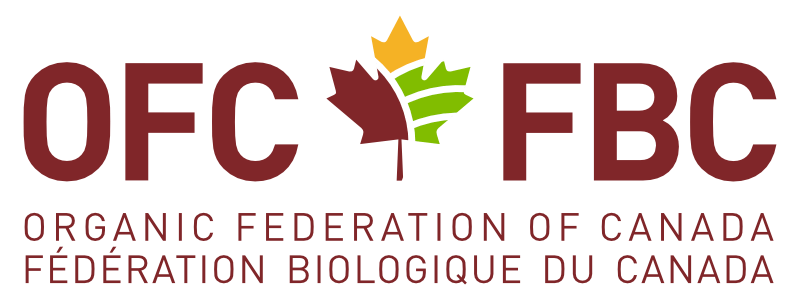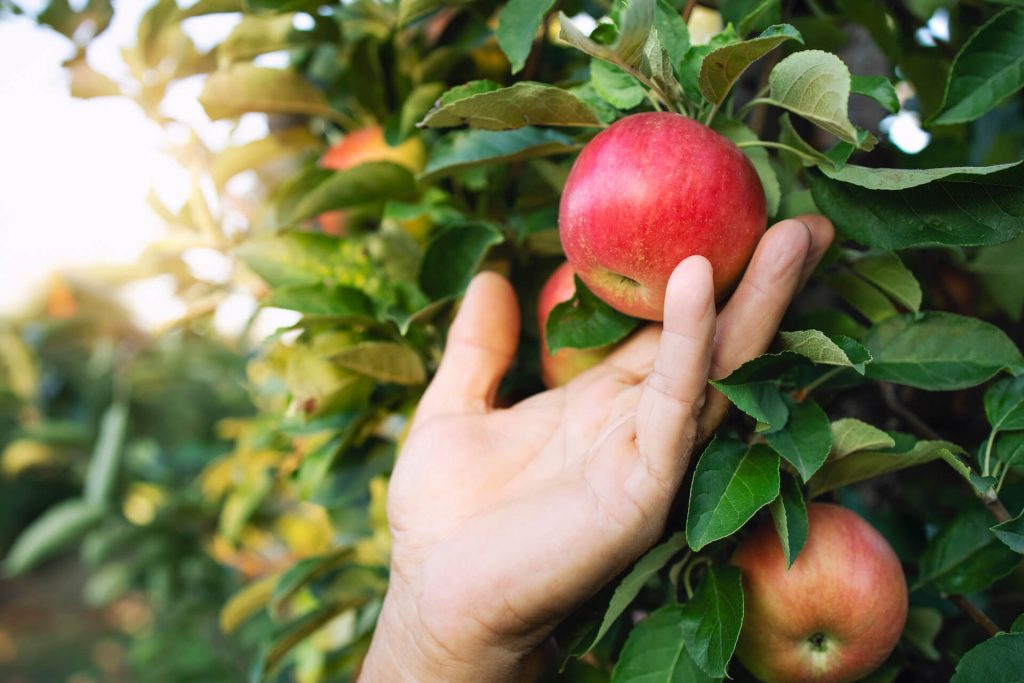- Organic Sector Survey 2021
- Canadian Organic Standards
- Permitted substances lists
- The Canadian logo
- Canadian directories of brand name input allowed in organic agriculture
- Canada Organic Regime Operating Manual
- How to identify organic products
- Identifying locally produced organic products
- Producers, processors, retailers

Close

